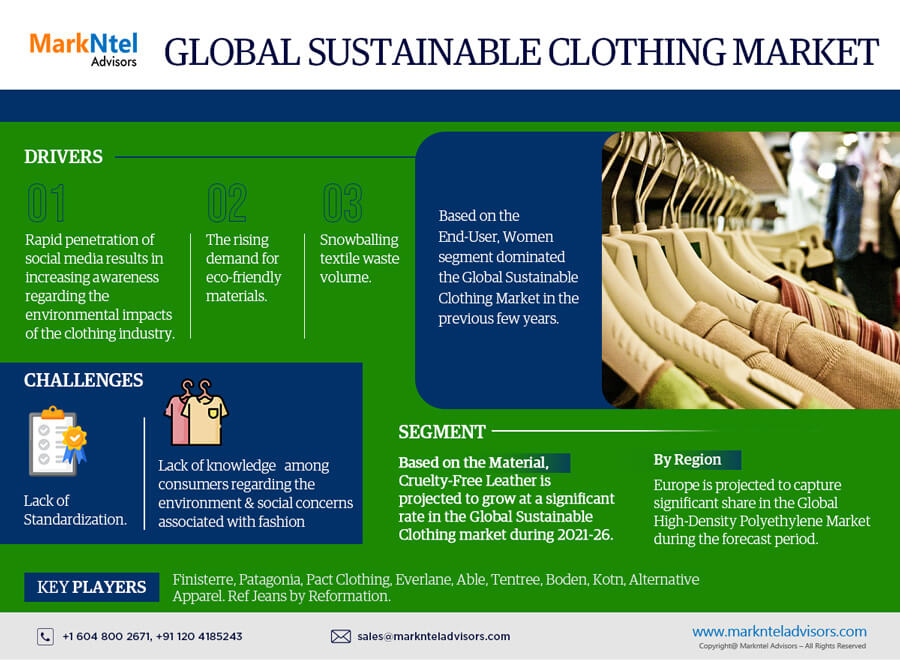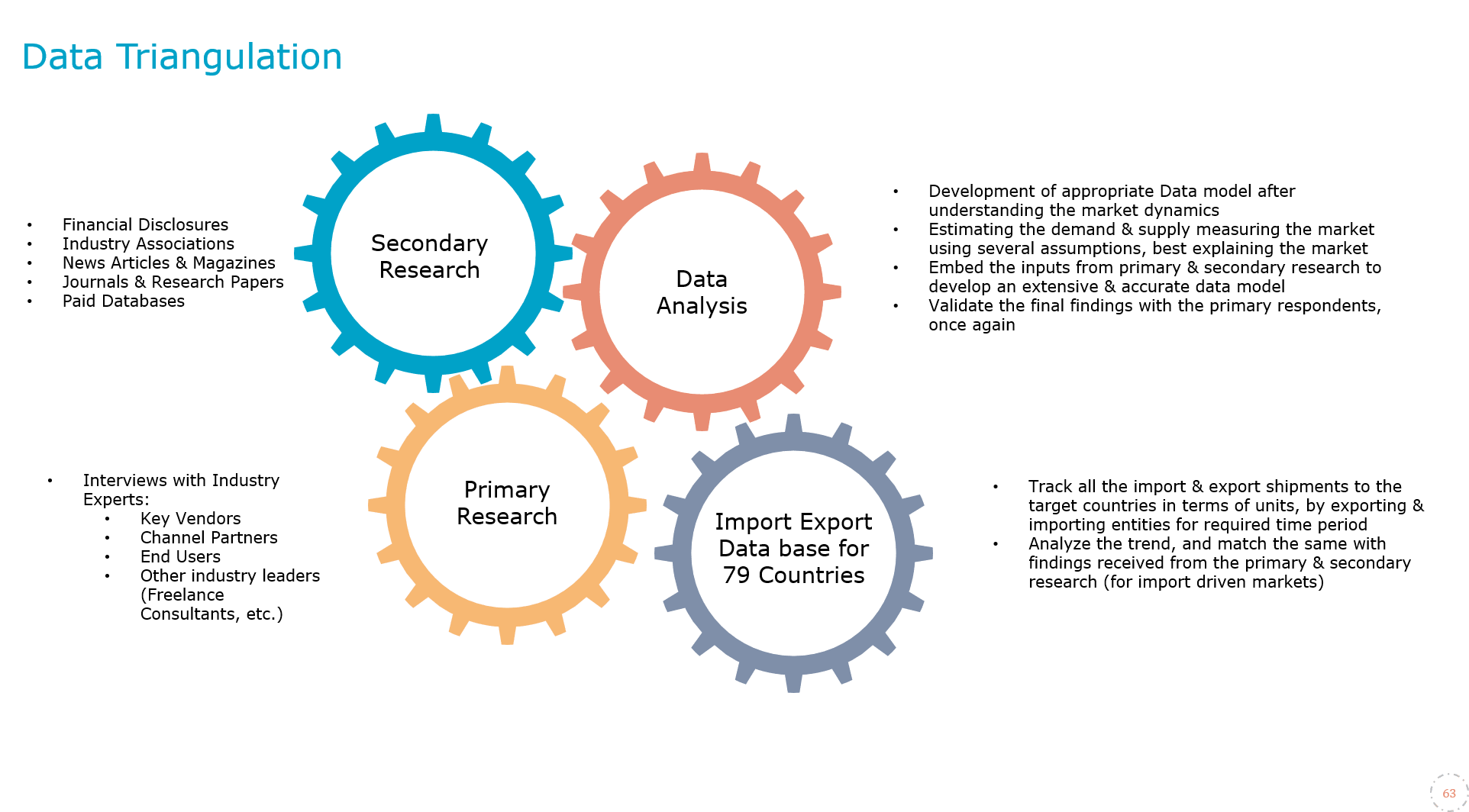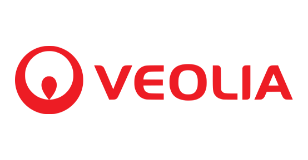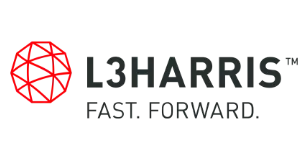
Global Sustainable Clothing Market Research Report: Forecast (2021-2026)
By Products (Organic, Handmade, Recycled, Regenerated), By Clothing (Jackets, Trousers, Shirts & T-shirts, Innerwear, Others), By Materials (Eco-Friendly Rubber, Cruelty-Free Leath...er, Vegan Fur Made, Animal-Free Wool, Organic Cotton, Cruelty-Free Silk, Others), By Sales Channel (Online, Offline), By End-User (Men, Women, Kids), By Geographic Region (North America, South America, Europe, Middle East & Africa, Asia-Pacific), By Countries (US, Canada, Mexico, Brazil, Argentina, Germany, France, Italy, The UK, Spain, UAE, South Africa, Saudi Arabia, China, India, Indonesia), By Competitors (Finisterre, Patagonia, Pact Clothing, Everlane, Able, Tentree, Boden, Kotn, Alternative Apparel. Ref Jeans by Reformation, Others) Read more
- FMCG
- Sep 2021
- Pages 211
- Report Format: PDF, Excel, PPT
Sustainable clothing refers to the clothes created while considering the environment & humanity. Its goal is to have a system that leaves zero negative footprints on the environment. The industry is rapidly growing despite the ongoing pandemic & high costs associated with sustainable clothing as buyers have switched to online channels to find their favorite clothes that they couldn't find offline.
According to the world bank, the fashion sector is responsible for 10% of global carbon emissions, which exceeds the combined emissions from international flights & maritime shipping. At this pace, the sector's greenhouse gas emissions will rise more than 50% by 2030. Hence, with these surging carbon emissions, the demand for eco-friendly materials is expected to significantly increase, which, in turn, would boost the market during 2021-26.
Moreover, the mounting penetration of social media results in increased awareness regarding the environmental impacts of the clothing industry, which shall also augment the market growth during the forecast years, further states the research report, "Global Sustainable Clothing Market Analysis, 2021."
| Report Coverage | Details |
|---|---|
| Study Period | Historical Data: 2016-19 |
| Base Year: 2020 | |
| Forecast Period: 2021-26 | |
| Regions Covered | North America: USA, Canada, Mexico |
| Europe: Germany, UK, France, Italy, Spain | |
| Asia-Pacific: China, India, Indonesia | |
| South America: Brazil, and Argentina | |
| Middle East & Africa: UAE, Saudi Arabia, South Africa | |
| Key Companies Profiled | Finisterre, Patagonia, Pact Clothing, Everlane, Able, Tentree, Boden, Kotn, Alternative Apparel. Ref Jeans by Reformation, Others |
| Unit Denominations | USD Million/Billion |
COVID-19 Outbreak Significantly Impacted the Global Sustainable Clothing Market
- Last year, the COVID-19 pandemic and the resulting economic shutdowns generated unprecedented challenges for the clothing industry, including reduced consumer spending & disrupted supply chains.
- The pandemic affected the Global Sustainable Clothing Market, mainly due to international trade restrictions, disruptions in supply chain & logistics, order cancellations, and suddenly diminishing demand.
- However, the growing environmental awareness encouraging many consumers to switch to more sustainable & greener clothing choices shall positively impact the fashion sector.
- Moreover, sustainability is the new trend & more consumers are demanding it. For instance, according to a story posted on the UN's Environment Program website in June, the designer Nimco Adam, 'Queen of Tie-Dye,' realized during the pandemic that chemical dyes had severely impacted her health & the environment. It made her decide to make sustainability a part of her work ethic & life.
- Similarly, this awareness has influenced many consumers & businesses to opt for sustainable lifestyles.

Market Segmentation
By Material:
Cruelty-Free Leather to Exhibit Highest Growth Rate in the Global Sustainable Clothing Market During 2021-26
Based on the Material, the Global Sustainable Clothing Market bifurcates into:
- Eco-Friendly Rubber
- Cruelty-Free Leather
- Vegan Fur Made
- Animal-Free Wool
- Organic Cotton
- Cruelty-free Silk
Of them all, the demand for Cruelty-Free Leather clothing is projected to witness significant rise during 2021-26. The imposition of stringent regulations regarding animal rights and the growing customer inclination toward animal-free products are driving the segment cited above.
Moreover, the rising awareness regarding vegan leather, surging funding in plant-based leather producing companies, and the ban on using leather derived from animals like crocodiles, snakes, and kangaroos by the fashion brands are other crucial factors expected to boost the segment. For instance: Beyond Leather Materials, a company that produces plant-based & eco-friendly alternatives to animal leather, raised a seed investment fund of USD1.31 million in 2020 to advance its production facilities.
Moreover, the climate neutrality targets set by the companies to surge vegan range for leather entwined with the launch of plant-based leather shall further lead Cruelty-Free Leather clothes to gain significant popularity during 2021-26. In 2020, Adidas ‘renounced’ animal fur and aims to achieve global climate neutrality by 2050. The company is also developing plant-based leather made from fungus and aims to expand its vegan range.
By Product:
Recycled Products is Increasing Significantly in the Global Sustainable Clothing Market
The burgeoning textile waste in landfills creating a significant impact on the environment is the prime factor surging the demand for Recycled Products globally. It is estimated that 21 Billion tons of textile waste are sent to landfills annually due to a lack of recycling.
Also, around 87% of the total fabric input used in clothing gets disposed of without recycling to landfills, and it creates a severe impact on the environment. Moreover, the companies are using recycled materials like polyester as it requires less energy to produce initial polyester and reduced dependence on fossil fuel.
Regional Landscape:
Europe to Acquire Largest Share in the Global Sustainable Clothing Market During 2021-26
The surging buying power of consumers owing to the mounting textile waste due to declining prices of clothes, increasing inclination toward e-commerce, and mounting consumer awareness regarding sustainable fashion are the prime factors expected to expand the market size in Europe.
Moreover, the strong presence of prominent fashion brands like Zara, H&M, Finisterre, & Mango in the region influencing consumers to adopt sustainable clothing through their various sustainability goals like using 100% sustainable fabric, the launch of ethical brands, and various recycling schemes shall further boost the regional market in the coming years.
In 2019, Zara announced to make all of its clothes with 100% sustainable fabrics like cotton & linen before 2025. Likewise, in 2021, H&M launched a new sustainability concept by debuting sustainable fabrication. Under this, the company uses a bio-based yarn material derived from castor oil and Desserto, which is a plant-based alternative to leather.
Market Dynamics
Key Drivers
Rapidly Increasing Textile Waste to Drive the Market Through 2026
The garment industry is one of the most polluting sectors in the world. Therefore, many apparel manufacturers & consumers are shifting toward sustainable clothes. According to the United Nations Environment Program (UNEP), of the total fiber input used for clothing, 87 % is burnt or disposed of in a landfill. Further, most of the fabric gets manufactured using crude oil, which leads to the release of a large volume of plastic microfibers into lakes & the ocean.
Moreover, half a million tons of plastic microfibers are dumped into the ocean every year, i.e., equivalent to 50 billion plastic bottles, further cites UNEP. Hence, these aspects indicate that the textile industry releases massive waste that needs to be controlled using sustainable methods, which is the prime factor likely to drive the market over the forecast period.
Possible Challenges
Lack of Standardization Might Restrain the Market Size During 2021-26
The surge in the vague sustainability claims by several brands is resulting in a declining trust among the potential customers. Additionally, companies are adopting greenwashing marketing strategy to assure consumers that their products are environmentally friendly and forge an ecologically responsible image.
Lack of knowledge among consumers regarding the environment & social concerns associated with fashion is another factor that might limit the market to grow during 2021-26. Simultaneously, suppliers' lack of understanding of such concerns due to cultural & economic differences might also slow the market pace in the years to come.
Key Questions Answered in the Market Research Report:
- What are the overall statistics or estimates (Overview, Size- by Value, Forecast Numbers, Segmentation, and Shares) of the Global Sustainable Clothing Market?
- What are the region-wise industry size, growth drivers, and challenges?
- What are the key innovations, opportunities, current & future trends, and regulations in the Global Sustainable Clothing Market?
- Who are the key competitors, their key strengths & weaknesses, and how do they perform in the Global Sustainable Clothing Market based on a competitive benchmarking matrix?
- What are the key results derived from the surveys conducted during the Global Sustainable Clothing Market study?
Frequently Asked Questions
- Introduction
- Product Definition
- Research Process
- Assumptions
- Market Segmentation
- Preface
- Executive Summary
- Impact of Covid-19 on Global Sustainable Clothing Industry
- Global Sustainable Clothing Market Policies & Regulations
- Global Sustainable Clothing Market Dynamics
- Impact Analysis
- Drivers
- Challenges
- Global Sustainable Clothing Market Trends & Development
- Global Sustainable Clothing Market Hotspot & Opportunities
- Global Sustainable Clothing Market Supply Chain Management
- Global Sustainable Clothing Market Key Strategic Imperatives for Success and Growth
- Global Sustainable Clothing Market Outlook, 2016- 2026
- Market Size & Analysis
- By Revenue
- Market Share & Analysis
- By Products
- Organic
- Handmade
- Recycled
- Regenerated
- By Clothing
- Jackets
- Trousers
- Shirts & T-shirts
- Innerwear
- Others
- By Materials
- Eco-Friendly Rubber
- Cruelty-Free Leather
- Vegan Fur Made
- Animal-Free Wool
- Organic Cotton
- Cruelty-Free Silk
- Others
- By Sales Channel
- Online
- Offline
- By End-User
- Men
- Women
- Kids
- By Region
- North America
- South America
- Europe
- Middle East & Africa
- Asia-Pacific
- By Company
- Revenue Shares
- Strategic factorial Indexing
- Competitor Placement in MarkNtel Quadrant
- By Products
- Market Size & Analysis
- North America Sustainable Clothing Market Outlook, 2016- 2026
- Market Size & Analysis
- By Revenues
- Market Share & Analysis
- By Products
- By Country
- The US
- Canada
- Mexico
- Market Size & Analysis
- South America Sustainable Clothing Market Outlook, 2016- 2026
- Market Size & Analysis
- By Revenue
- Market Share & Analysis
- By Products
- By Country
- Brazil
- Argentina
- Others
- Market Size & Analysis
- Europe Sustainable Clothing Market Outlook, 2016- 2026
- Market Size & Analysis
- By Revenue
- Market Share & Analysis
- By Products
- By Country
- Germany
- The UK
- France
- Spain
- Italy
- Others
- Market Size & Analysis
- Middle East & Africa Sustainable Clothing Market Outlook, 2016- 2026
- Market Size & Analysis
- By Revenue
- Market Share & Analysis
- By Products
- By Country
- Saudi Arabia
- UAE
- South Africa
- Others
- Market Size & Analysis
- Asia-Pacific Sustainable Clothing Market Outlook, 2016- 2026
- Market Size & Analysis
- By Revenue
- Market Share & Analysis
- By Products
- By Country
- China
- India
- Indonesia
- Others
- Market Size & Analysis
- Competitive Outlook
- Competition Matrix
- Competitor SWOT Analysis
- Target Markets
- Research & Development
- Collaborations & Strategic Alliances
- Key Business Expansion Initiatives
- Strategic Initiatives
- Company Profiles (Business Description, Product Segment, Business Segment, Financials, Strategic Alliances or Partnerships, Future Plans)
- Finisterre
- Patagonia
- Pact Clothing
- Everlane
- Able
- Tentree
- Boden
- Kotn
- Alternative Apparel
- Ref Jeans by Reformation
- Others
- Competition Matrix
- Disclaimer
MarkNtel Advisors follows a robust and iterative research methodology designed to ensure maximum accuracy and minimize deviation in market estimates and forecasts. Our approach combines both bottom-up and top-down techniques to effectively segment and quantify various aspects of the market. A consistent feature across all our research reports is data triangulation, which examines the market from three distinct perspectives to validate findings. Key components of our research process include:
1. Scope & Research Design At the outset, MarkNtel Advisors define the research objectives and formulate pertinent questions. This phase involves determining the type of research—qualitative or quantitative—and designing a methodology that outlines data collection methods, target demographics, and analytical tools. They also establish timelines and budgets to ensure the research aligns with client goals.
2. Sample Selection and Data Collection In this stage, the firm identifies the target audience and determines the appropriate sample size to ensure representativeness. They employ various sampling methods, such as random or stratified sampling, based on the research objectives. Data collection is carried out using tools like surveys, interviews, and observations, ensuring the gathered data is reliable and relevant.
3. Data Analysis and Validation Once data is collected, MarkNtel Advisors undertake a rigorous analysis process. This includes cleaning the data to remove inconsistencies, employing statistical software for quantitative analysis, and thematic analysis for qualitative data. Validation steps are taken to ensure the accuracy and reliability of the findings, minimizing biases and errors.

4. Data Forecast and FinalizationThe final phase involves forecasting future market trends based on the analyzed data. MarkNtel Advisors utilize predictive modeling and time series analysis to anticipate market behaviors. The insights are then compiled into comprehensive reports, featuring visual aids like charts and graphs, and include strategic recommendations to inform client decision-making









